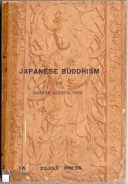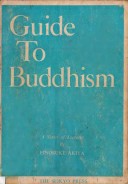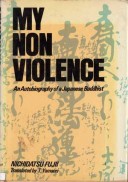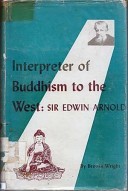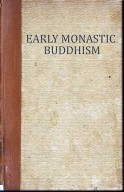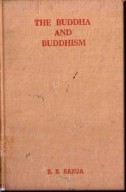Tìm Sách
Sách tiếng Anh-English >> Japanese Buddhism
Thông tin tra cứu
- Tên sách : Japanese Buddhism
- Tác giả : Mamine Shimpo Ishii
- Dịch giả :
- Ngôn ngữ : Anh
- Số trang : 126
- Nhà xuất bản : Japan
- Năm xuất bản : 1959
- Phân loại : Sách tiếng Anh-English
- MCB : 12010000002880
- OPAC :
- Tóm tắt :
JAPANESE BUDDHISM
By MAMINE SHIMPO ISHII
INTRODUCTION
Nearly 2,600 years ago a little boy was born in Kapilavastu, about 130 miles north of the city of Benares, India. He was a son of one of the local chieftains of those days and the boy was named Siddhārtha. He was married and had a son named Rahula. Siddhārtha was of the meditative nature, and being deeply moved by sorrows of life, he left his home and family to seek the peace of mind in religion. For five or six years after that he went round the country and met many teachers but was not satisfied with their teachings. During these years he devoted himself to ascetic practices and he reduced himself to skeleton. Asceticism, however, could not give him the peace of mind and he gave it up decisively and went to a hamlet called Uruvela near the present town of Gaya and at under the shade of the famous Bo-tree there and stayed several days fighting for spiritual emancipation, and finally became Buddha, the Enlightened One. It is said that he was 35 years of age and that, according to the Japanese tradition, he became Buddha at dawn of December 8th.
After enlightenment he visited many places including his birth place, and became never weary of telling his message until the end of his life at his 80th year of age.
After his death, his teachings, collectively called Buddhism, gradually spread to Nepal, Ceylon, Burma, Thailand, and are called Southern Buddhism or Theravada. It also spread to Tibet, China, Korea and Japan. This Buddhism is called Northern Buddhism or Mahayana.
Thanks is due to Mrs. Mizi Loftus, Eugene, Oregon, and Fulbright teacher in Japan under the auspices of the U.S Educational Commission in Japan. She kindly read through the manuscript and improved the writer`s English very much.
The writer must also give thanks to Dr. Benkyo Shiio of the Zojoji Temple, Tokyo, for his great encouragement and kindness shown in publishing this book.
M.S Ishii
January, 1959
CONTENTS
INTRODUCTION
Chapter
I. A Short History of Japanese Buddhism
Introduction of Buddhism
The Nara and the Heian Periods
The Kamakura and Later Periods
The Meiji Period and Recent years
II. Buddhism Introduced from China
The Shingon Sect
The Tendai Sect
The Ritsu Sect
Introduction of Zen Buddhism
The Soto Sect
The Rinzai Sect
III. Founding of New Buddhist Sects
Rise of Nembutsu and Other Views
Founding of the Nichiran Sect
IV. Some Prominent Person in the History of Japanese Buddhism
Japanese Buddhism
Shotoku Taishhi
Honen Shonin
Shinran Shonin
Life of Doden
Nichiren Shonin
Ryokan
V. Miscellany
Buddhist Social Welfare work
North and South
Appendix
 Facebook
Facebook
 Google
Google
 Google+
Google+
